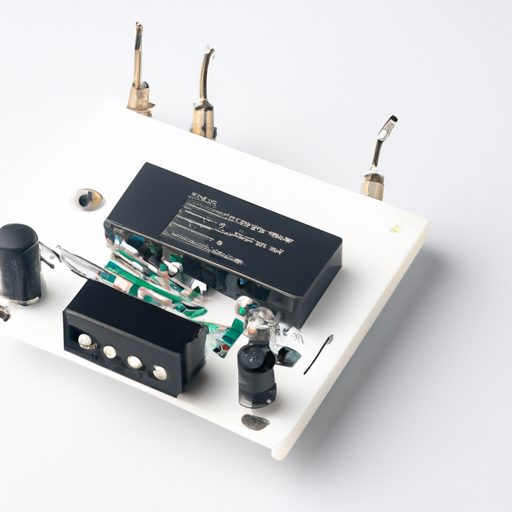Overview of UART (Universal Asynchronous Receiver Transmitter)
UART (Universal Asynchronous Receiver Transmitter) is a widely used hardware communication protocol that facilitates asynchronous serial communication between devices. It is particularly prevalent in embedded systems, microcontrollers, and various electronic devices for data transmission. The core functionalities of UART include:
| 1. Asynchronous Communication | UART operates without a clock signal for synchronization, allowing for simpler and more flexible point-to-point communication. |
| 2. Data Framing | Data is transmitted in frames, typically consisting of a start bit, data bits, an optional parity bit, and one or more stop bits. |
| 3. Baud Rate | The speed of data transmission is defined by the baud rate, which indicates the number of signal changes per second. Common baud rates include 9600, 115200, and others. |
| 4. Full-Duplex Communication | UART supports simultaneous sending and receiving of data, enhancing communication efficiency. |
| 5. Error Detection | Simple error detection mechanisms, such as parity bits, can be implemented to ensure data integrity. |
| 1. Data Transmission and Reception | |
| 2. Interrupt-Driven Communication | |
| 3. Buffer Management | |
| 4. Error Handling | |
| 5. Power Management | |
| 1. Microcontroller Communication | |
| 2. Wireless Communication | |
| 3. Debugging and Logging | |
| 4. Industrial Automation | |
| 5. IoT Devices |
Core Functional Technology Articles
Application Development Cases
Conclusion
UART remains a fundamental technology in the realm of serial communication, offering simplicity and effectiveness for a wide range of applications. Understanding its core functionalities and exploring various application development cases can help engineers and developers leverage UART in their projects effectively. Whether for microcontroller communication, debugging, or IoT applications, UART continues to be a vital component in modern electronic systems, enabling seamless data exchange and enhancing device interoperability.






